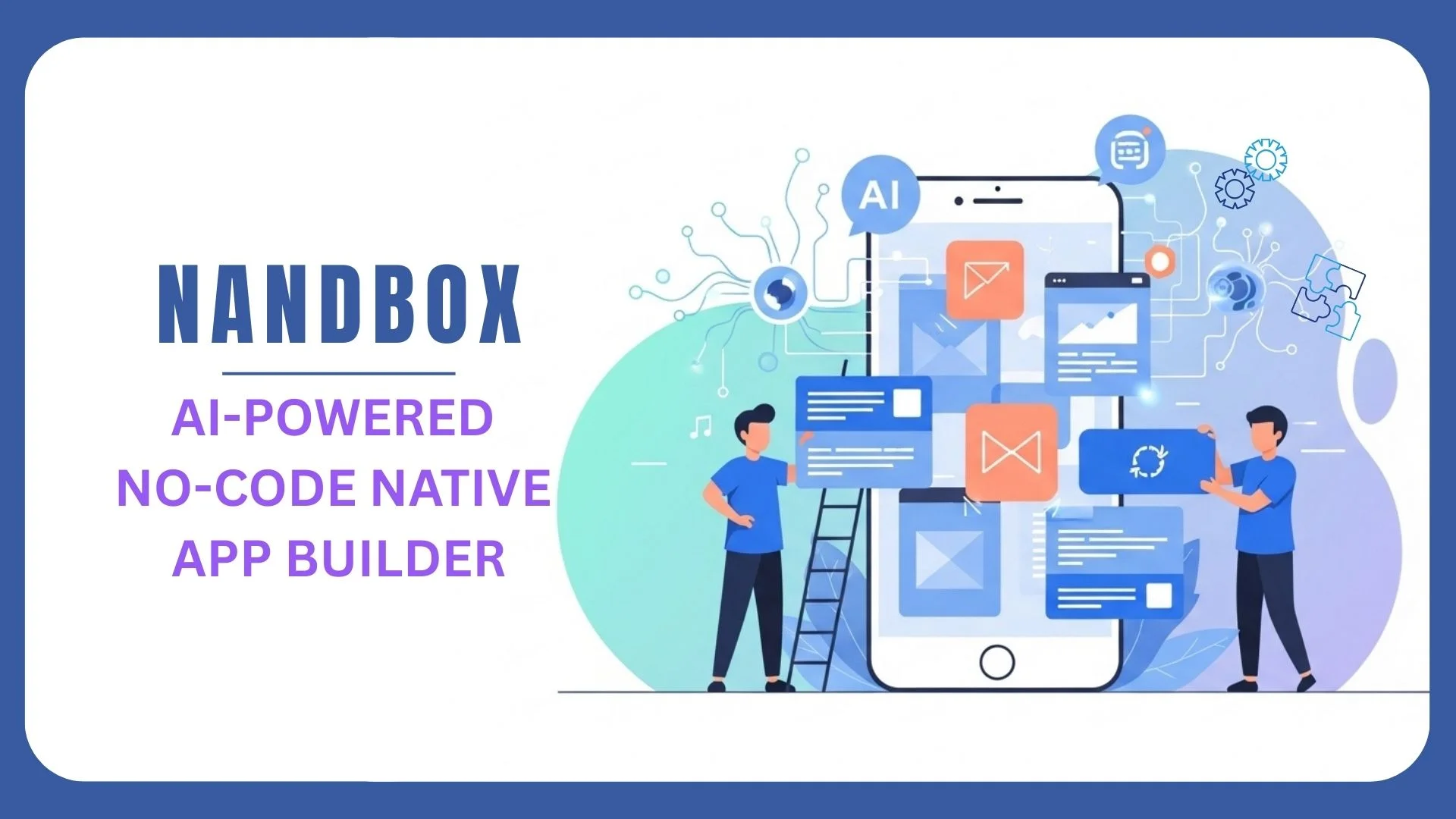Having only come to life and grown over the last few decades, the developer landscape has always been a professionally progressive one. It was once grounded in and confined to Silicon Valley but is now spread across the globe with remote workers connected by a network of computers.
Still, there is something to be said for in-person collaboration that isn’t built into remote working in the same way. Instead, remote web app developers need to get serious about methods of collaboration and project management to work effectively and move projects forward. In this article. We’ll explore how to approach collaboration and project management through the lens of remote app developers.
Create a shared online database
Your team needs somewhere to keep and access files. Things like reference design files, client or task briefs, development strategies and organisational processes, among others, need to be accessed by the team. Using a shared online database like Google Drive enables you to create organisational folders, enable or restrict access and store various file formats in one place. You can even divide the master database into sections for each department, team or person, and compress PDF files before sending or uploading to ensure that your online database stays organised and streamlined.
An online database can be accessed from anywhere simply with an internet connection. Your team can work on files stored in these databases. And depending on the format of the document. They will update in real time, or they can save it and re-upload it when they’re finished. When your team is working over different time zones, this ensures the latest version of files can always be accessed by whoever is working at any given time. Moreover, implementing project cost management software allows you to efficiently track and control project expenses, ensuring the project stays within budget regardless of where team members are located.
Use a project management platform
Regardless of whether the team is working in the office together or remotely, modern project management tools are super helpful. There’s an abundance of platforms to choose from. So get clear about your needs to choose the most suitable ones. If your team has a clear hierarchy or the team works fairly autonomously. Tools like Monday or Trello are great at assigning tasks. If your team is thoroughly integrated, Asana and Airtable are ideal for collaboration and sharing tasks.
This platform will work differently to your shared online file database but it can integrate the database, making your workflow lean and efficient. For example, when you’re creating tasks in the project management system, you can link any relevant files, instructional documentation and briefs from the database to the task. Then, when the task is completed. If the task involves creating a file or document. The assigned person can add their finished file to the task to streamline the workflow.
Create a workflow and communication strategy
Systems are one thing, but creating and implementing a strategy to use them is how you’ll get your team working and collaborating to their full potential. After you’ve built your team, getting the best work from them begins with outlining clear expectations—of their responsibilities yes, but also of the steps to complete a task and communicate with each other.
Begin with workflow strategies. How do you want your managers to oversee, delegate and manage tasks? Maybe the project will be broken down into segments or ‘sprints’. Get clear about how each person in the chain will create tasks. What actions are needed when something is assigned and completed, and how to update tracking spreadsheets.
Next, consider communication requirements. How often do you need teams to catch up via meetings? How can you replicate in-person discussion effectively through remote collaboration? For example, fortnightly meetings with everyone and biweekly meetings for each team can create an environment with similar benefits as in-person collaboration.
Tools to communicate
The balance between using software to help your team and overusing tools to the point that holds them back is tricky. Too many tools, and you risk them not being utilised properly. However, as well as a project management tool. Another is necessary—one to communicate. Consider a platform like Slack, Microsoft Whiteboard or Teams for your remote team to send instant messages to each other. These are a much more agile way of communicating than emails. Where your team can ask questions, bounce ideas off each other, or even share some of their personal updates.
Simply setting up the means to communicate doesn’t always ensure that your team will do it effectively, though. You should create a communications strategy, lead by example and share regular updates through the platform, create channels for the various departments, and ask questions through the platform to encourage healthy communication within your team.
Schedule regular check-ins but keep them short
Finally, check-ins, catch-ups and just a low-stakes conversation are critical to effective teamwork and your team’s well-being. Chats over coffee in the breakout rooms aren’t a given in a remote setting like they are in an office, so you need to actively schedule them. While formal meetings help your team clarify project specifications, update each other on progress and share any concerns they may have, check-ins enable connection and boost team morale and productivity.
Many people value culture in their workplace, and you can create a remote culture through video meetings and check-ins. It helps people get to know who they’re working with and creates stronger team bonds. Enhancing motivation for team members. Try to keep your catch-ups short. Anywhere under 30 minutes is ideal to keep people engaged.
You can send relevant meeting documentation to attendees beforehand, so you only need to cover the most important aspects. Give attendees a chance to share anything they would like in these catch-ups, but someone should run the catch-up to ensure it stays on track. Some meandering conversations are great, but it should be fun and short to not waste people’s time.
Remote app development is here to stay. It’s proven to be an effective way for developers to work. However, this is thanks to suitable project management tools and strategies that enhance collaboration.
By leveraging shared online databases. Utilising project management platforms and implementing clear workflows and communication strategies. Teams can overcome the challenges often faced in remote work. Not only will these strategies help teams work together, but they also cultivate a sense of connection and teamwork. While allowing them to work in their preferred setting.





